Some of the craziest end of the world predictions in history
Throughout history, humanity has been fascinated by the idea of the world ending. Apocalyptic predictions have sparked fear, curiosity, and sometimes even amusement. These predictions often reflect the anxieties of the era and highlight the creative ways people interpret signs and events.
From ancient prophecies to modern theories, the end of the world has been a popular subject, captivating minds across generations. Let’s explore some of the most intriguing doomsday predictions that have captured our imagination.
The Mayan Calendar and 2012: A Date with Destiny
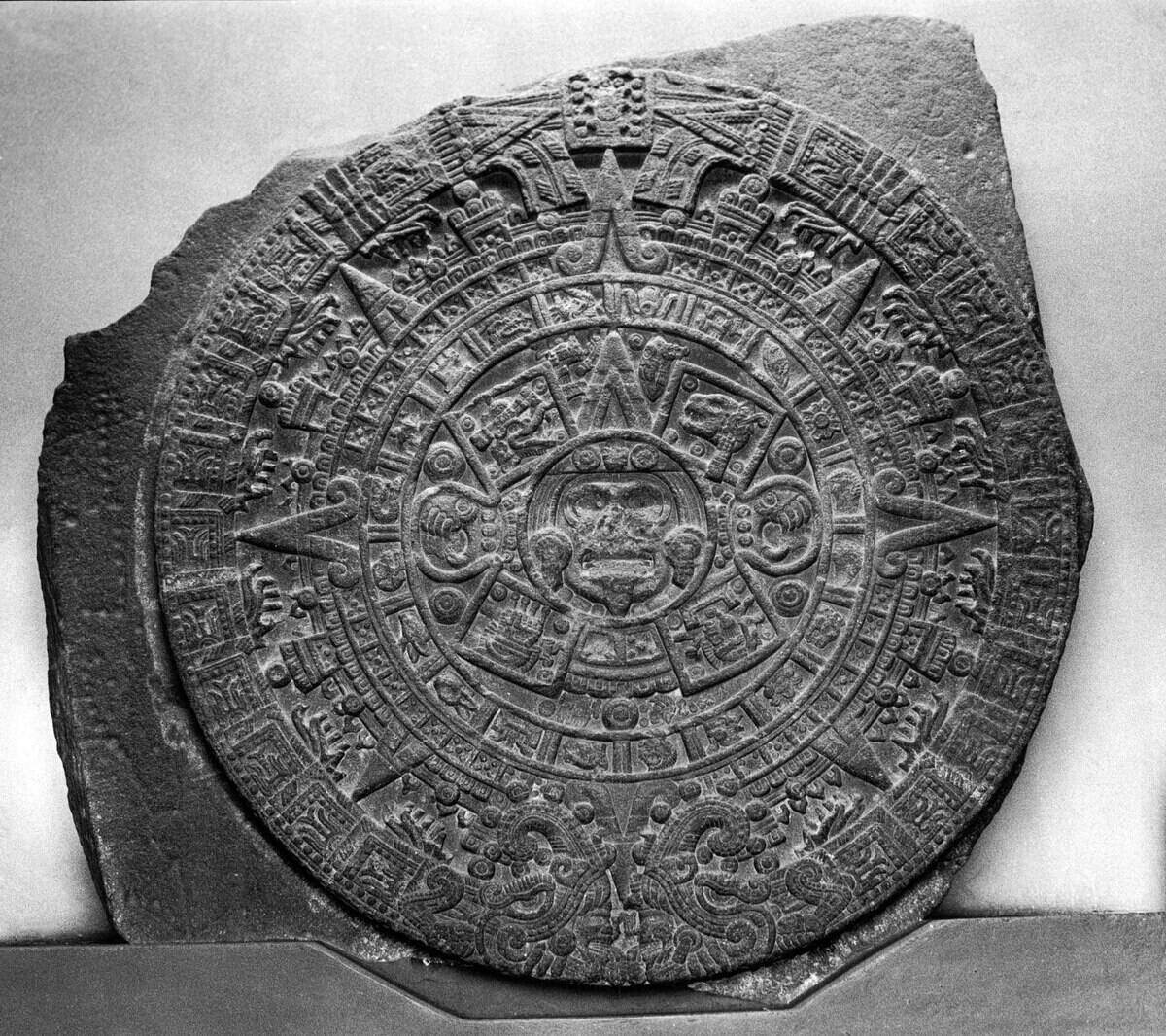
The Mayan calendar famously predicted the world would end on December 21, 2012. Many believed this date marked an apocalypse, but experts clarified it was simply the end of a cycle.
The Mayans used a system known as the Long Count calendar, which spanned approximately 5,125 years. While the 2012 phenomenon led to widespread anxiety and a surge in apocalyptic theories, the day passed without incident, proving to be a misinterpretation rather than a prophecy.
Y2K: The Millennium Bug That Wasn’t

As the year 2000 approached, fears of the Y2K bug gripped the world. The concern was that computers would fail to recognize the year change, leading to global chaos. Governments and businesses spent billions to update systems, but the transition was largely smooth.
The Y2K scare highlighted our dependence on technology and the potential vulnerabilities of digital systems, but ultimately, it passed without the catastrophic consequences many had feared.
Nostradamus: The Seer of Doom?
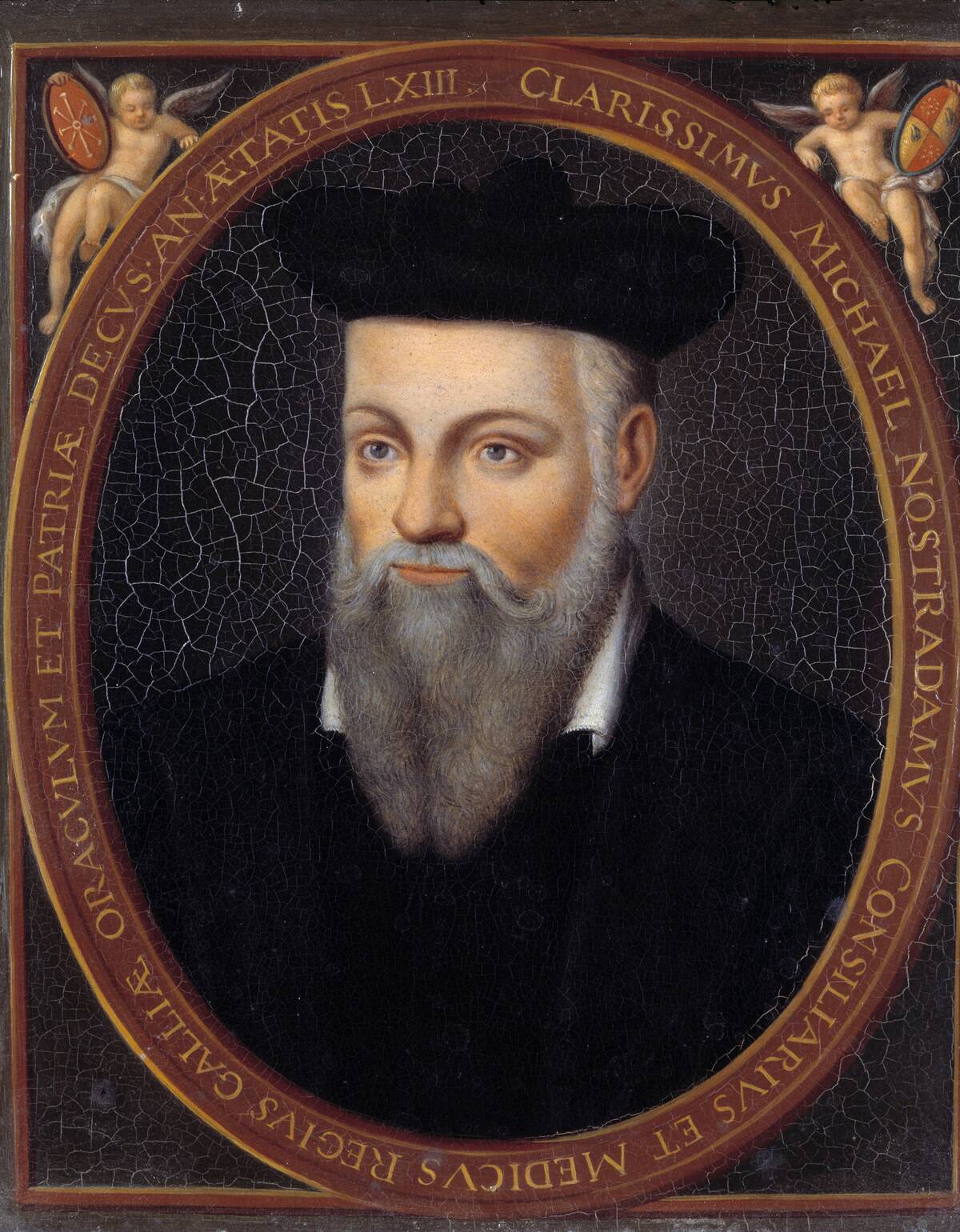
Nostradamus, a 16th-century French astrologer, is famous for his cryptic quatrains, which some believe predict future events. His work has been interpreted to foretell wars, natural disasters, and other cataclysms.
However, the vague and symbolic nature of his writings allows for broad interpretation. Despite this, Nostradamus remains a cultural icon, with many enthusiasts convinced of his prophetic abilities, though skeptics argue his predictions are more about the power of suggestion than foresight.
The Halley’s Comet Panic of 1910
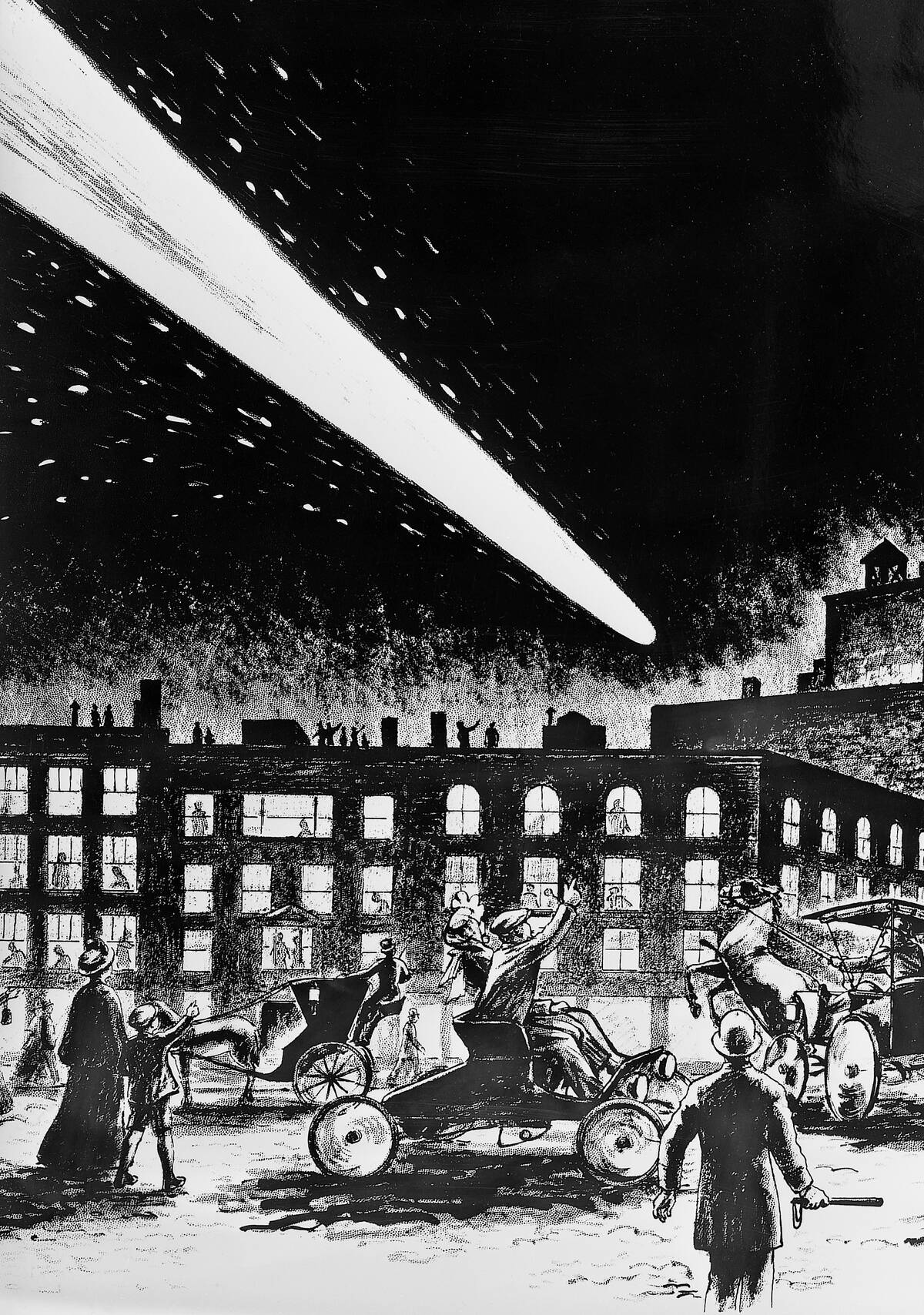
In 1910, Halley’s Comet passed close to Earth, sparking widespread panic. Some believed the comet’s tail contained poisonous gases that would wipe out all life. Entrepreneurs even sold “comet pills” as protection.
While scientists assured the public there was no danger, the hysteria highlighted the mix of fascination and fear that celestial events can evoke. The comet passed without incident, leaving behind a lesson in the power of scientific communication.
The Year 1666: The Number of the Beast and the Great Fire of London
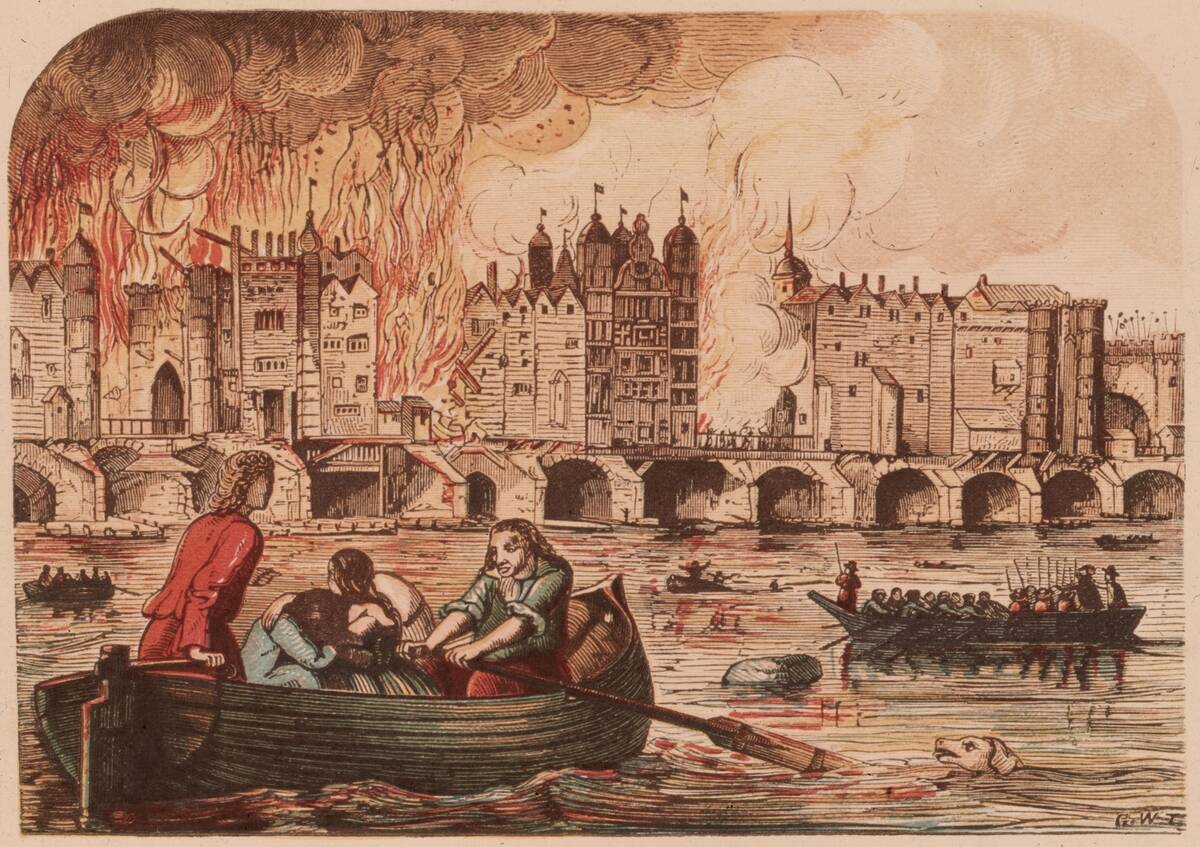
The year 1666 brought together the ominous number 666 and the Great Fire of London, fueling apocalyptic fears. Many saw the fire, which destroyed much of the city, as a sign of divine wrath.
The association with the “number of the beast” from the Book of Revelation added to the doomsday atmosphere. However, the fire ultimately led to improvements in building codes and urban planning, illustrating how perceived disasters can lead to societal progress.
The Heaven’s Gate Cult and the Hale-Bopp Comet

The Heaven’s Gate cult believed that a spaceship following the Hale-Bopp comet would transport them to a higher plane of existence. In 1997, this belief led to a mass suicide of 39 members in California.
The tragedy highlighted the dangers of cult ideology and the manipulation of astronomical events. The Hale-Bopp comet itself was a stunning celestial phenomenon, unrelated to the cult’s fatal actions, yet it remains linked to this dark chapter in history.
The Millerites and the Great Disappointment of 1844
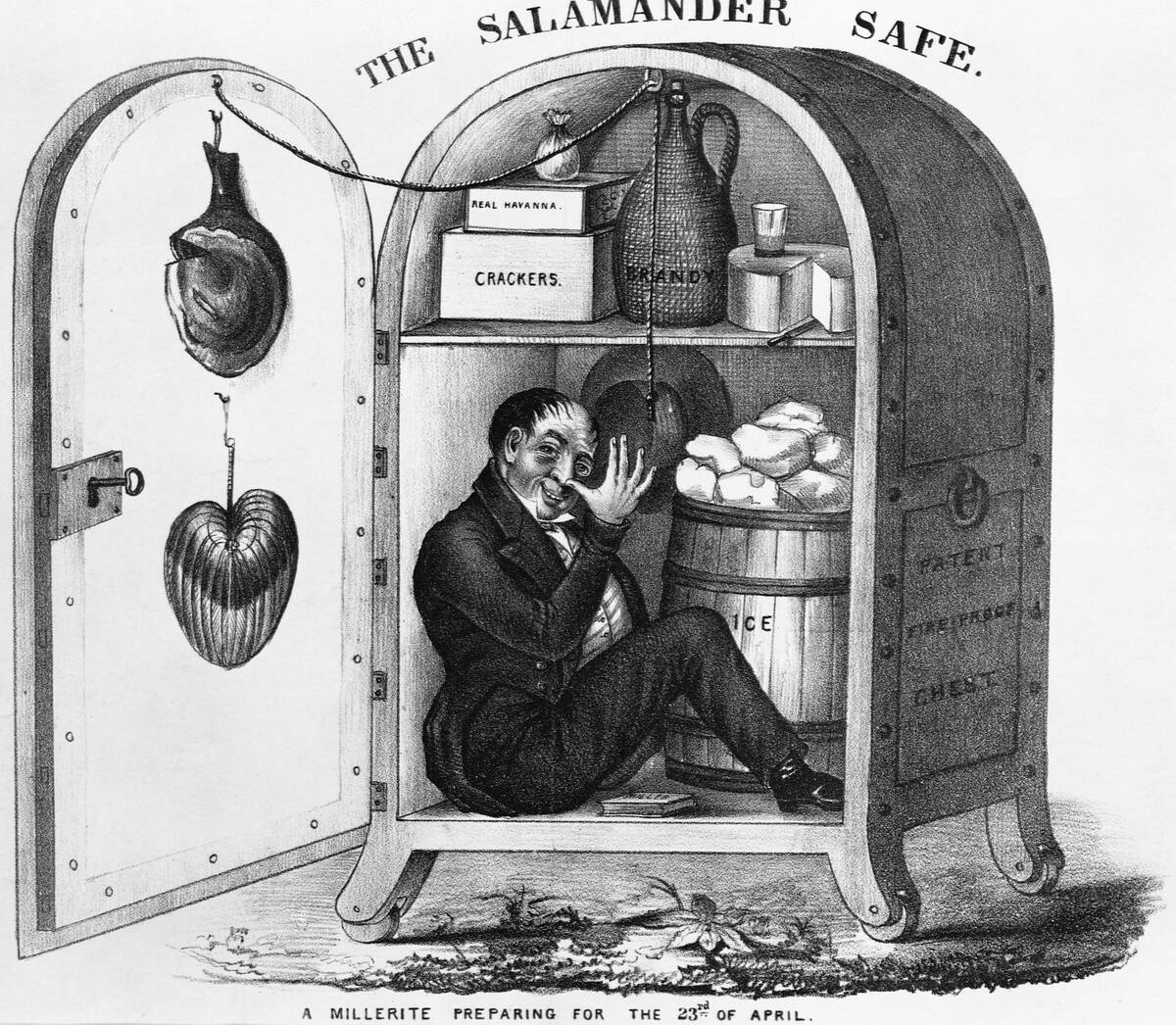
In the 19th century, William Miller predicted the Second Coming of Christ would occur in 1844. His followers, known as Millerites, eagerly awaited the event. When the day passed without incident, it became known as the Great Disappointment.
The aftermath saw some disillusionment, while others continued to search for new interpretations. This episode is a reminder of the powerful influence of charismatic leaders and the resilience of faith in the face of unmet expectations.
The Planetary Alignment of 1982: Jupiter Effect
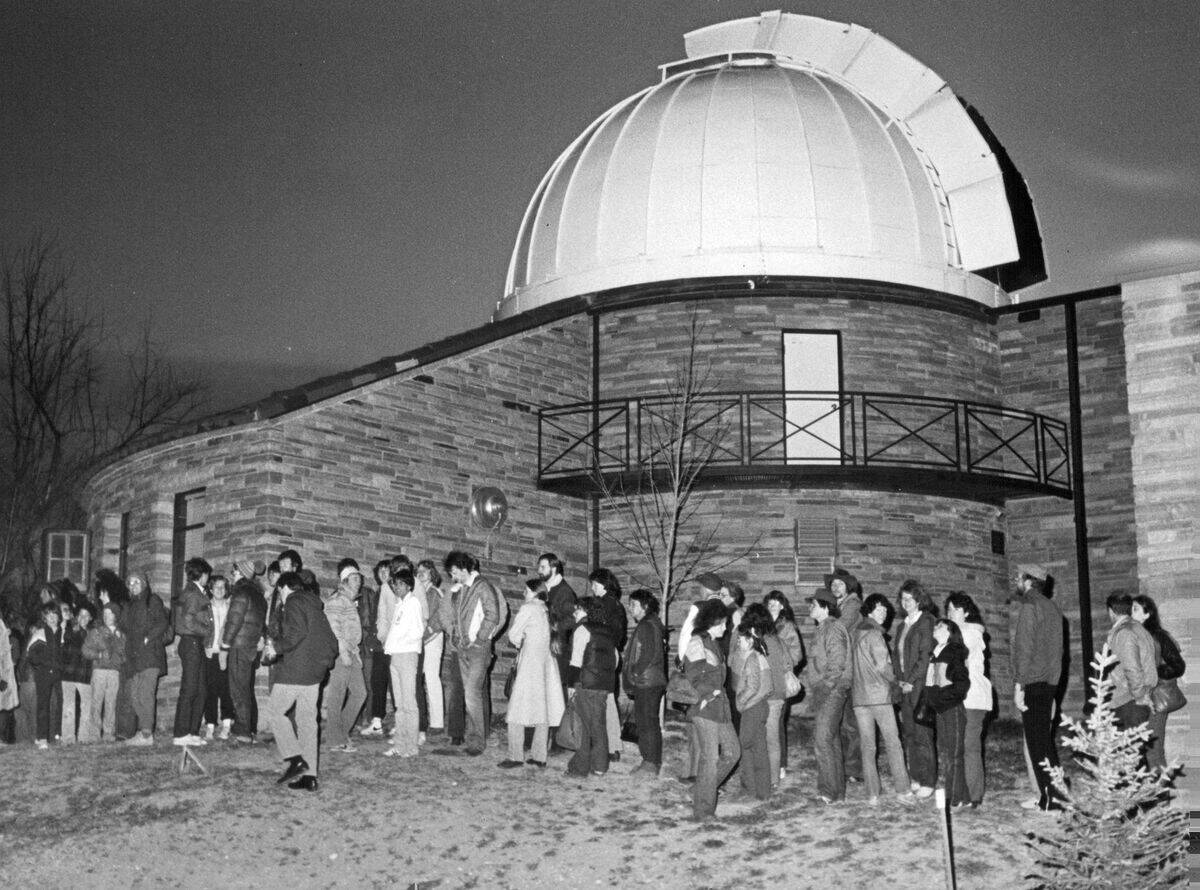
The “Jupiter Effect” predicted that a rare alignment of planets in 1982 would cause catastrophic earthquakes and other disasters on Earth. Authors John Gribbin and Stephen Plagemann popularized this theory, which was based on speculative gravitational effects. Seismologist Charles Richter referred to the theory as “pure astrology in disguise.”
Despite initial public concern, the alignment passed without any notable disturbances. The event underscored the importance of scientific scrutiny and the potential for sensationalism to distort public perception of astronomical phenomena.
The Black Death and the End of Days in the Middle Ages
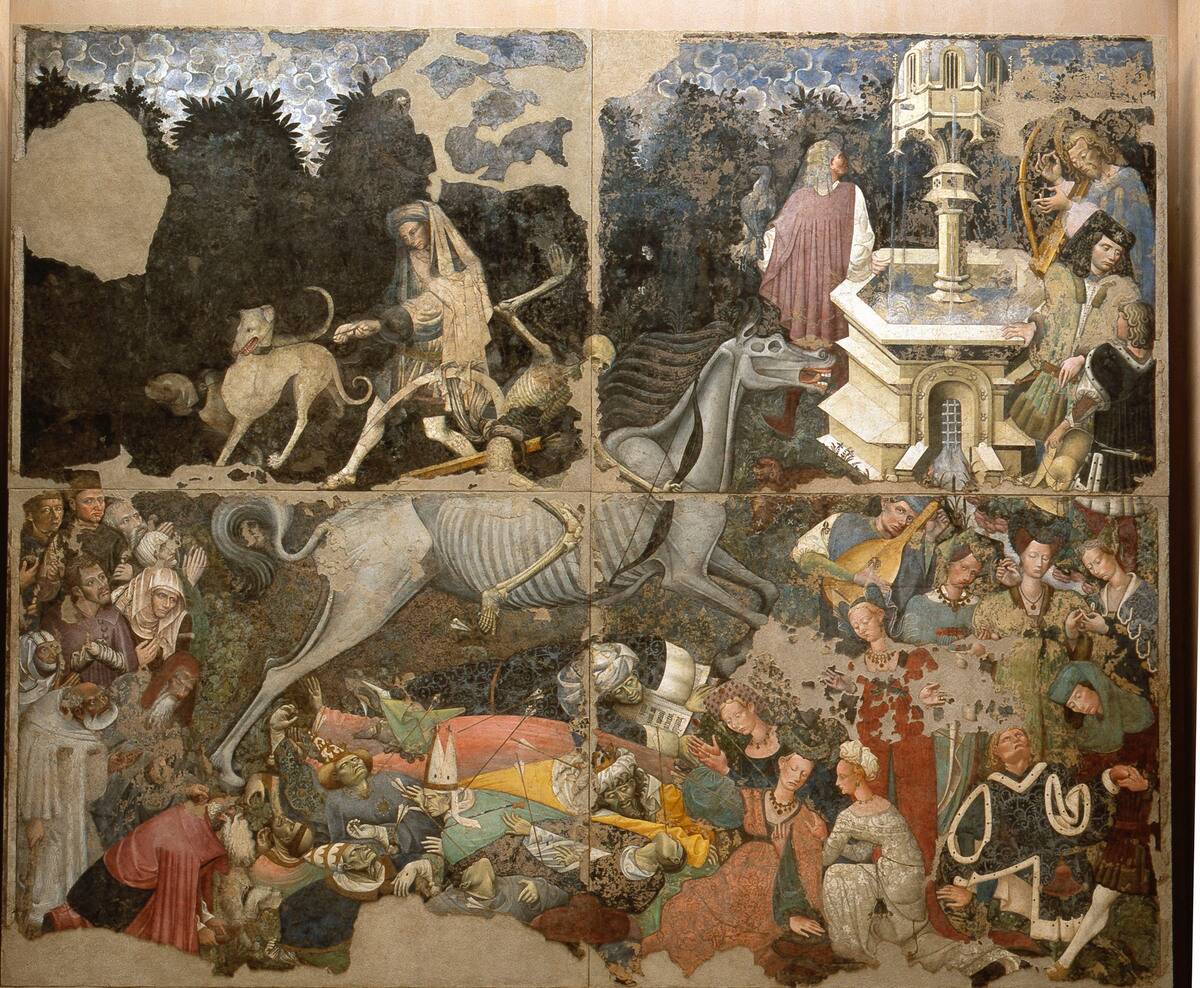
The Black Death, which swept through Europe in the 14th century, was seen by many as a sign of the apocalypse. The pandemic killed millions, leading to widespread panic and religious fervor.
Some interpreted it as divine punishment, while others sought scapegoats. The devastation reshaped European society, spurring changes in labor practices and social structures. It serves as a historical example of how catastrophic events can lead to transformative societal shifts.
The Cold War and Nuclear Armageddon Fears
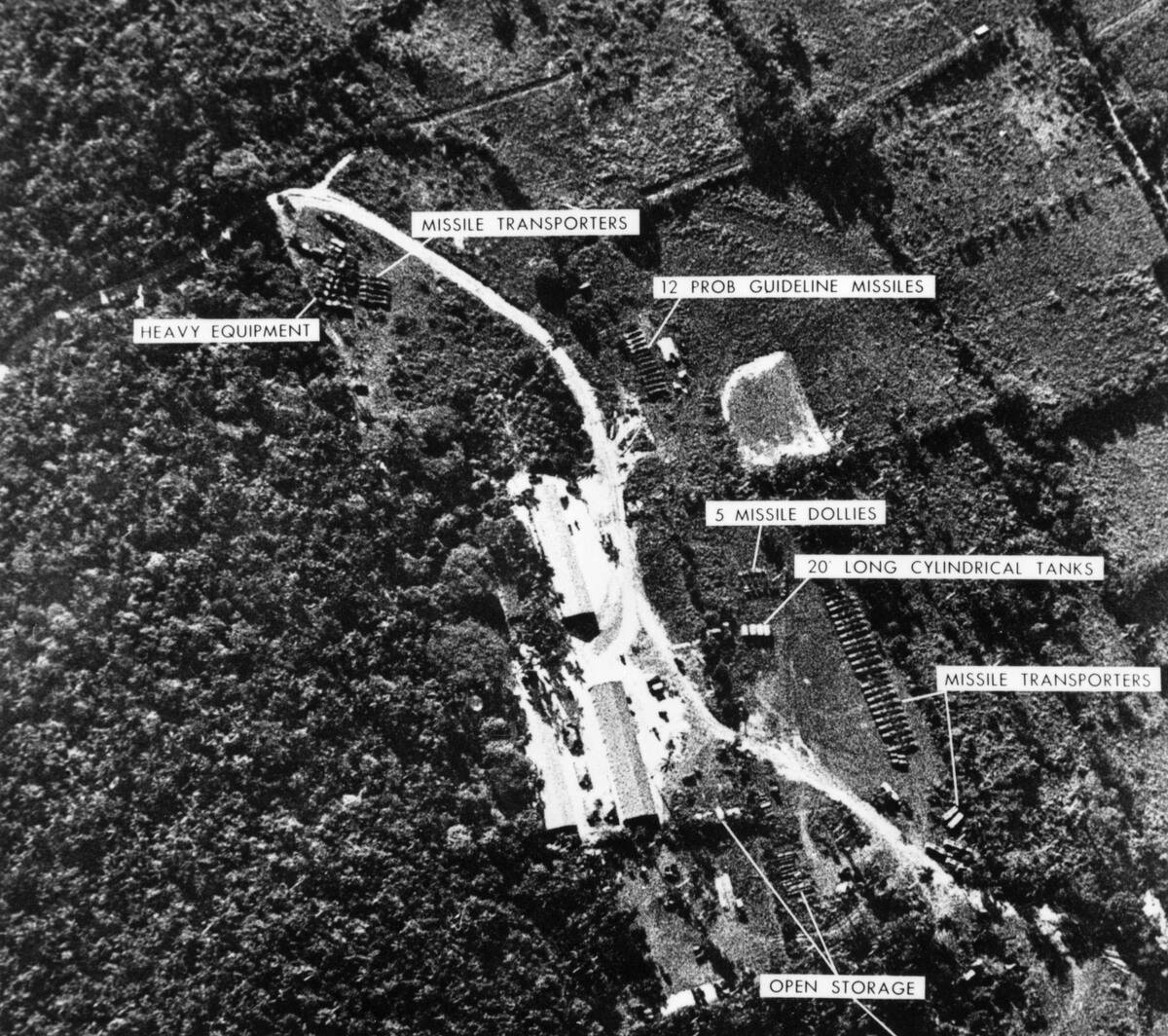
During the Cold War, the threat of nuclear war loomed large, with fears of mutually assured destruction keeping tensions high. The Cuban Missile Crisis in 1962 brought the world to the brink of nuclear conflict.
This era saw the rise of survivalist movements and the construction of bomb shelters. While the Cold War ended without nuclear annihilation, the period highlighted the precarious nature of geopolitical power and the ongoing quest for disarmament and peace.
The Blood Moon Prophecy: Tetrad of 2014-2015

The Blood Moon Prophecy claimed that a series of four lunar eclipses, or a tetrad, in 2014-2015 signaled the end times. This theory was popularized by religious figures like John Hagee, who linked the events to biblical prophecy.
However, astronomers explained that tetrads are not uncommon and have no apocalyptic significance. The hype surrounding the Blood Moons reflected how celestial events can be imbued with spiritual meanings, regardless of scientific evidence.
The 2011 Rapture Predicted by Harold Camping

Christian radio broadcaster Harold Camping predicted that the Rapture would occur on May 21, 2011, leading to worldwide anticipation. When the date passed without incident, Camping revised his prediction to October of the same year, which also proved incorrect.
His failed prophecies drew widespread media attention and sparked debates about the interpretation of religious texts. The episode served as a cautionary tale about the pitfalls of predicting specific end times and the resilience of belief.
The 2020 Mayan Calendar “Recalculation”
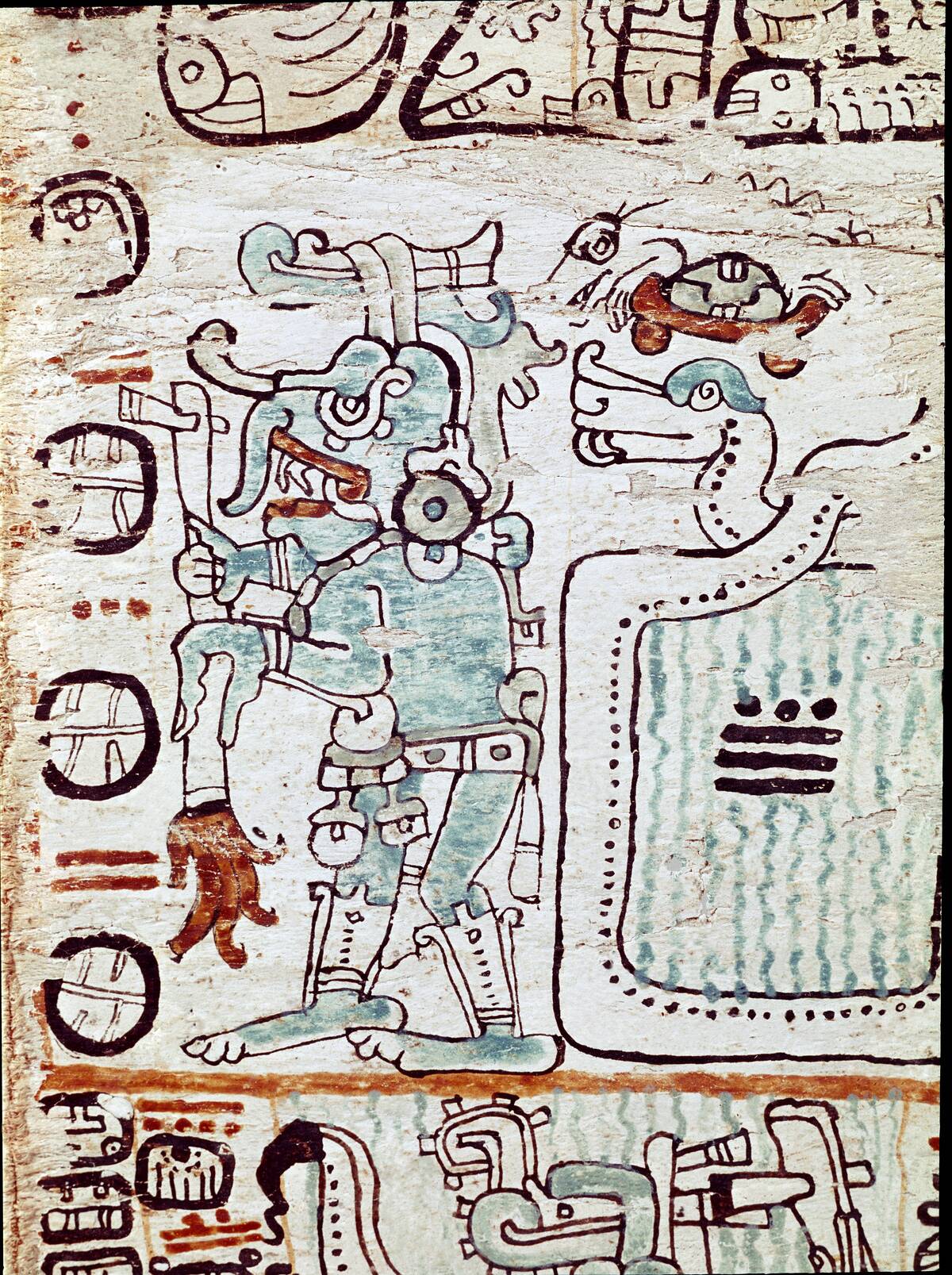
In 2020, a new theory emerged claiming the Mayan calendar was miscalculated, and the true apocalypse was set for that year. This idea gained traction amid the global turmoil caused by the COVID-19 pandemic.
However, scholars dismissed the recalculation as baseless, reiterating that the Mayan calendar did not predict an end date. They were also bewildered by proponents use of the Julian calendar, which wouldn’t have any relevance to either modern citizens for the ancient Mayans. The resurgence of this theory demonstrated how apocalyptic narratives can resurface in times of crisis, reflecting societal fears and uncertainties.
The ZetaTalk and Nibiru Cataclysm Predictions

ZetaTalk, a website founded by Nancy Lieder, predicted that a planet called Nibiru would collide with Earth, leading to a cataclysm. Initially forecast for 2003, the date has been repeatedly revised, gaining attention in fringe circles.
Despite a lack of scientific evidence, the Nibiru cataclysm theory persists, fueled by online speculation. This phenomenon illustrates the power of the internet in spreading apocalyptic ideas and the enduring allure of doomsday scenarios.



